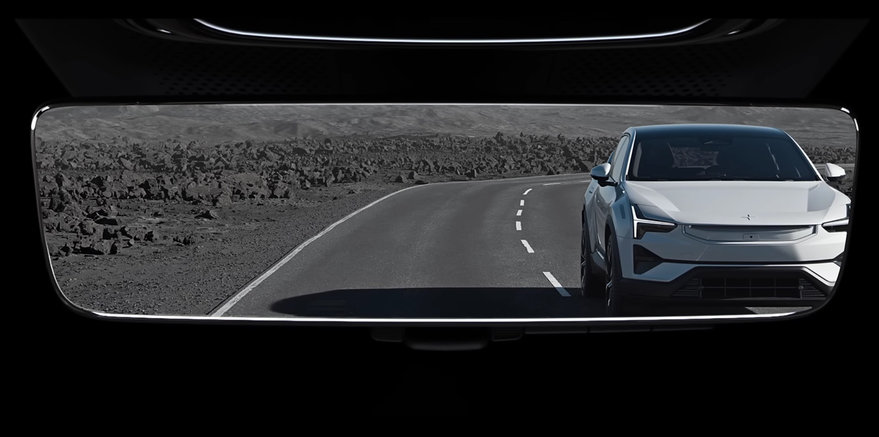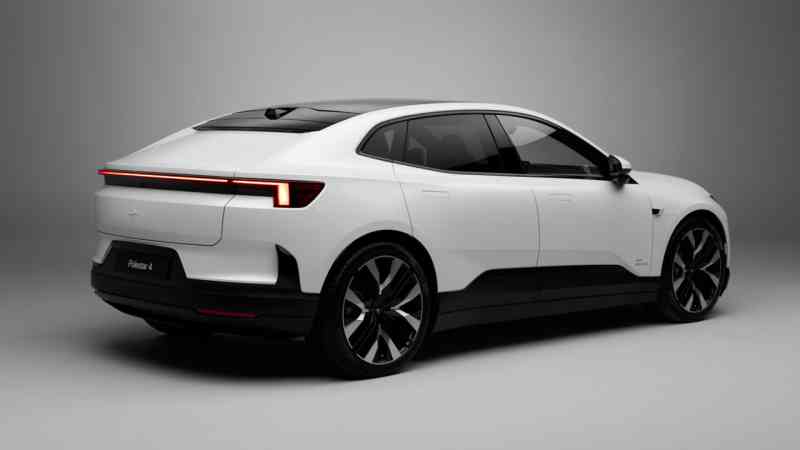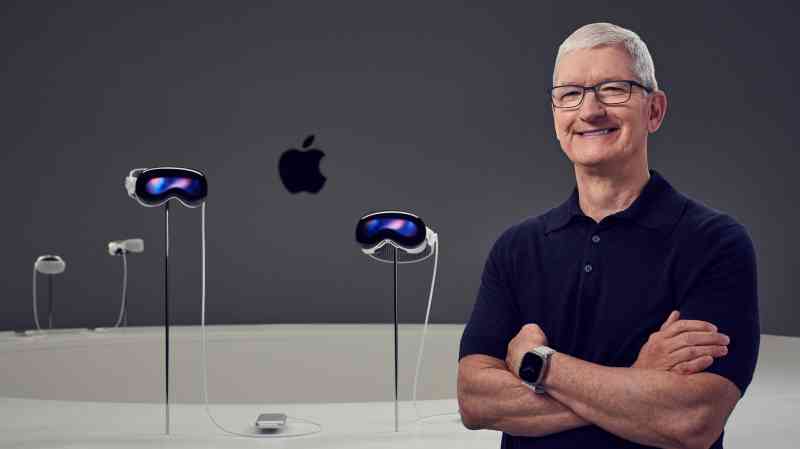First car without a rear window coming to Britain’s roads
The first car without glass at the rear will be launched in the UK as motor manufacturers turn to technology for a new window on the world.
The traditional rear-view mirror in the new Polestar 4 is fitted with a high-definition screen that displays a live feed from a camera fitted on the vehicle’s roof.
The designers claim that using the camera and removing the window is better for motorists as many coupé SUVs have poor visibility out of the rear.
With no window, the point at which the roofline starts to fall can be pushed back behind the heads of rear-seat passengers.
“The visibility out the back of many cars is pretty constrained,” Jonathan Goodman, the head of Polestar in the UK, said. “And then the second you have a large passenger in the back or any luggage, you can’t see anything out of it at all.
“Given the move forward in technology, if you place a camera there you’ve got a far better field of vision as the driver.”
Goodman said the camera’s definition was particularly effective at night when drivers often struggled with glare from the car behind.
Vans do not have rear-view mirrors although it is thought that the technology could eventually be adopted in some models. Many larger HGVs now have reversing cameras that are displayed on dashboard screens.

The rear-view mirror in the Polestar 4 remains in the conventional location. The screen element can be deactivated, turning it into a regular mirror allowing the driver to see into the rear of the car, for example, to check on children.
Other vehicles, including some electric BMWs, have cameras that feed to the rear-view mirror, although this is said to be the first to remove the glass at the back altogether.
“It means that you’ve actually got a fantastic amount of rear headroom and more space in the back,” Goodman said. “You’ve got a big sunroof that goes the length of the car and actually comes behind the rear passengers.”
Polestar is an electric car manufacturer based in Sweden and owned by Volvo. Its latest model has been unveiled in the UK on Wednesday and will be on the roads from August. Prices start at £59,990.
Early reviewers of the car, which is currently available only in China, appear to have been impressed.
Auto Express magazine said: “In combination with the 4’s huge panoramic glass roof, this really enhances the feeling of space and goes firmly against what we’d expect from a model billed as a coupé. The rear seat backs can even recline to spoil rear seat passengers further.”
You might think that ditching the window at the back of a car would require a change in the law. But you’d be wrong (Ben Clatworthy writes).
Nor does doing away with the rear-view mirror. While the law states that ideally modern cars should have one there are exemptions if the “internal mirror cannot provide an adequate view to the rear”.

Not that many car makers have gone so far to remove it altogether, despite the fact that rear windows have been slowly shrinking as designs, increasingly focused on maximising internal space, evolve.
Which is why Polestar argues its solution — mounting a rear-facing camera on the roof and feeding the images onto a mirror equipped with a high-definition screen — is safer than having a small rear window.
It is easy to see the appeal. Even in older cars, where rear windows tend to be bigger, the view can easily become obscured with passengers or luggage.
But what if the technology fails? A more confident driver may not worry, happy instead to rely on the wing mirrors only. Vans, after all, do not have windows at the back.
Others may be more unsettled and would also worry about the cost of repairs in the event the camera is damaged or stops working. Car technology is notoriously expensive.
However, motorists should expect more of these changes as more manufacturers follow suit. Rudimentary reversing cameras were fitted to HGVs before manufacturers thought they could be useful in cars too. Now many people rely almost solely on a screen and beeps when parking.
In years to come we may have forgotten that the rear-view mirror started as just that — a mirror.






